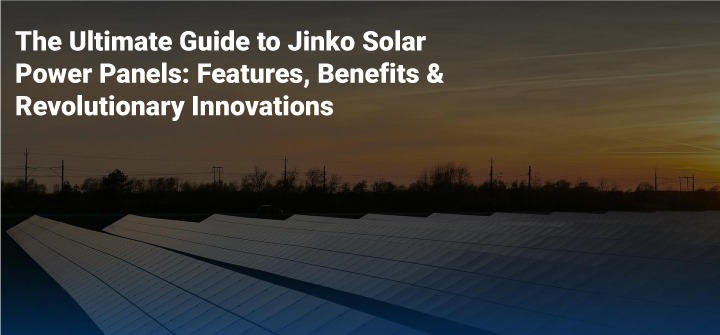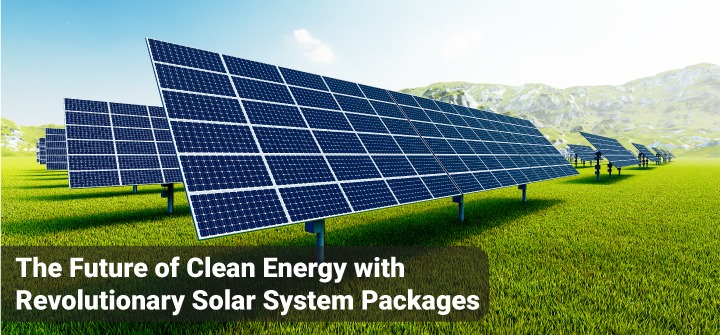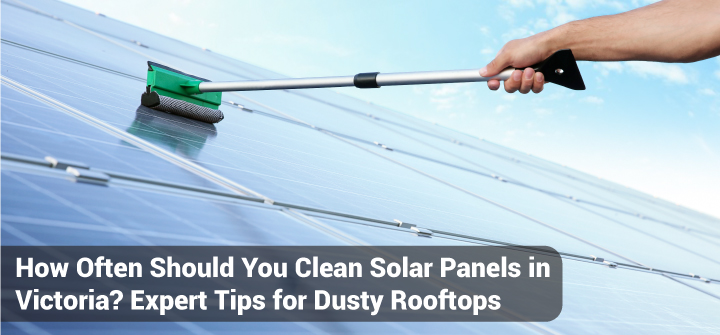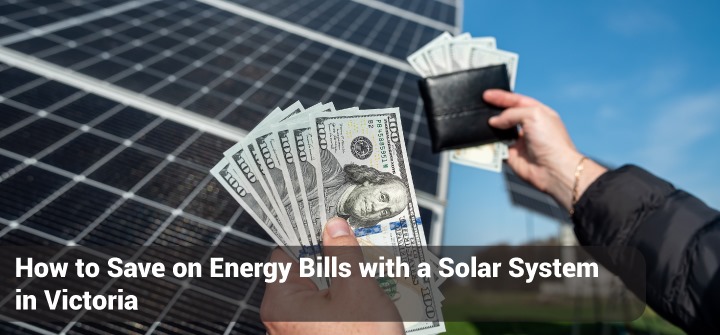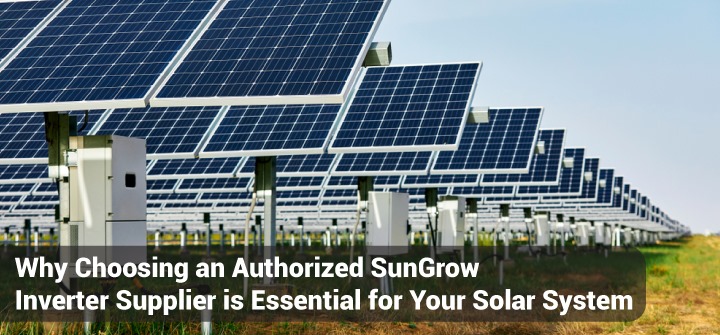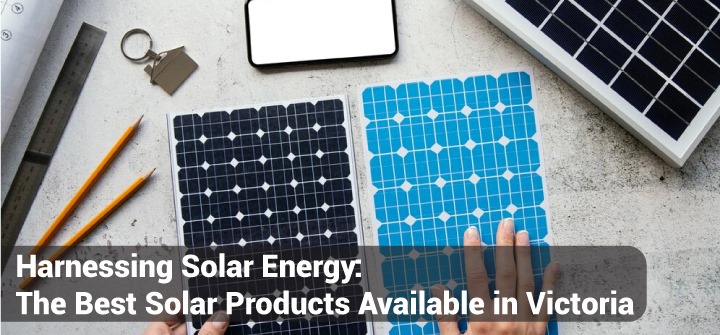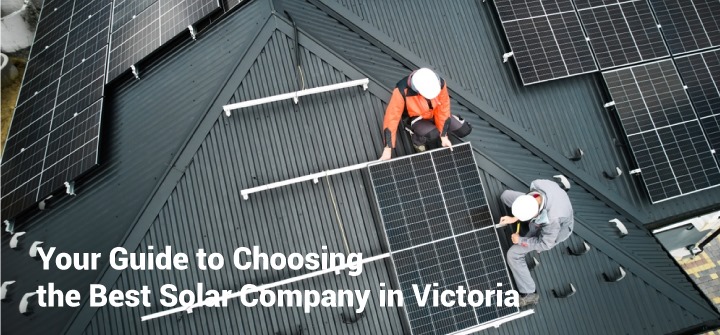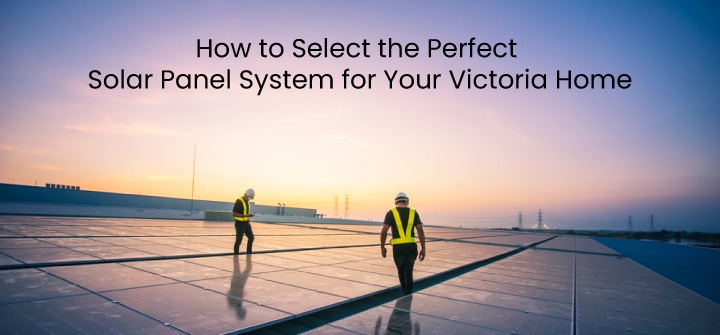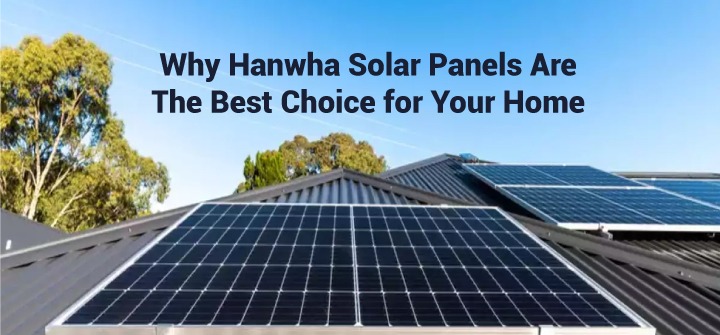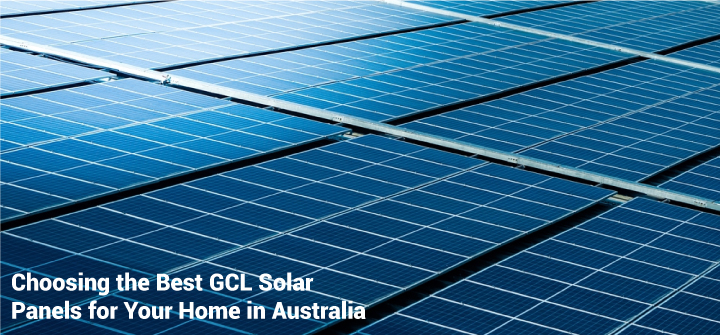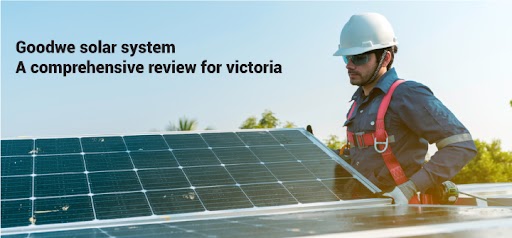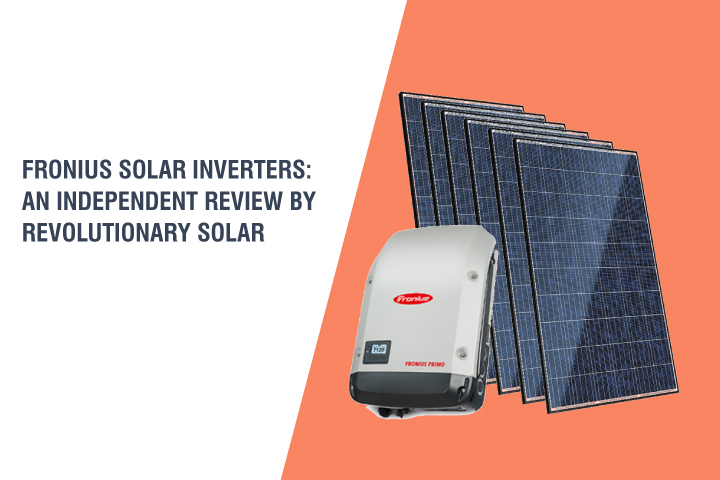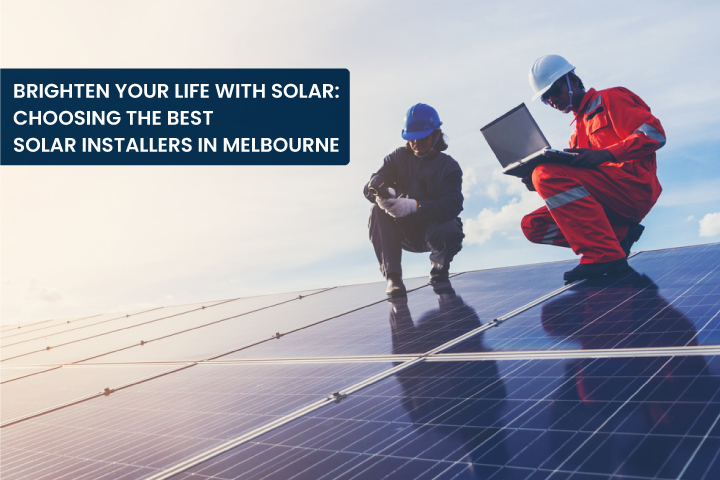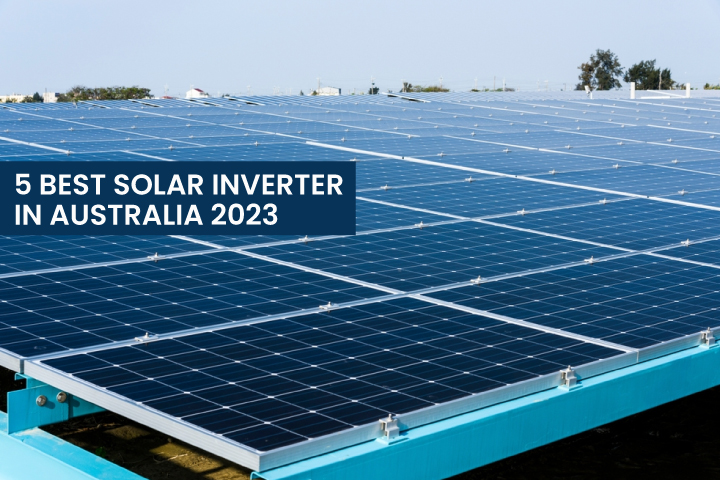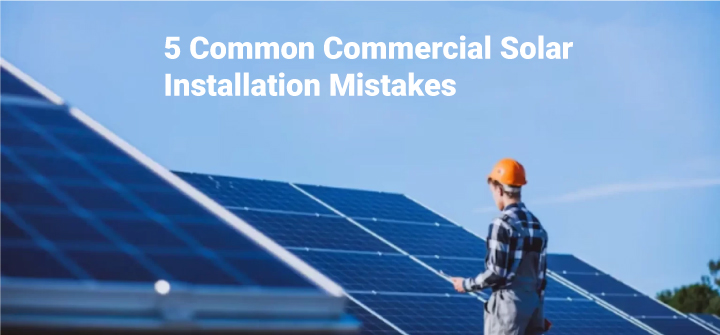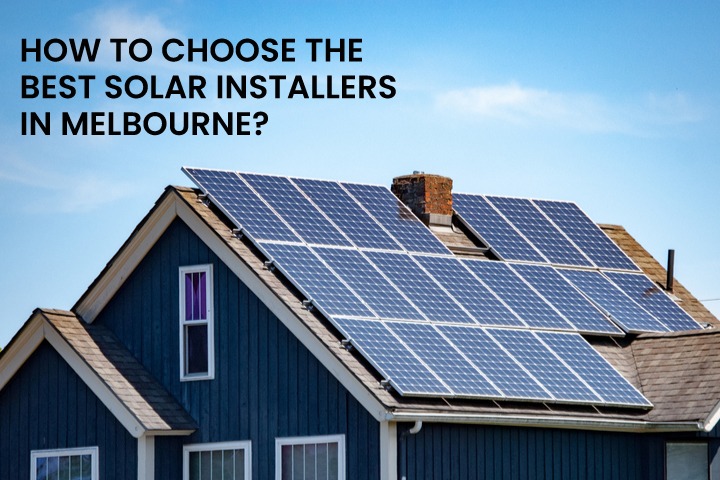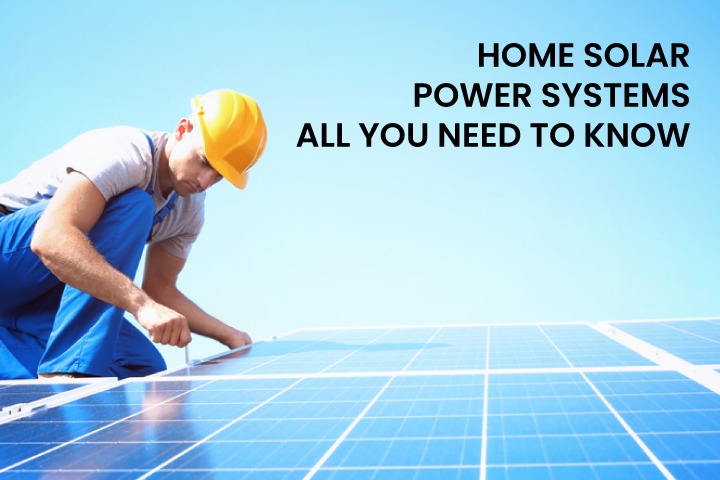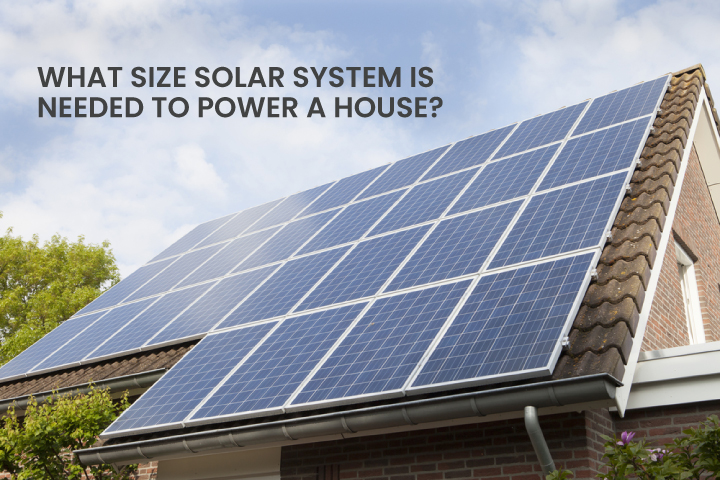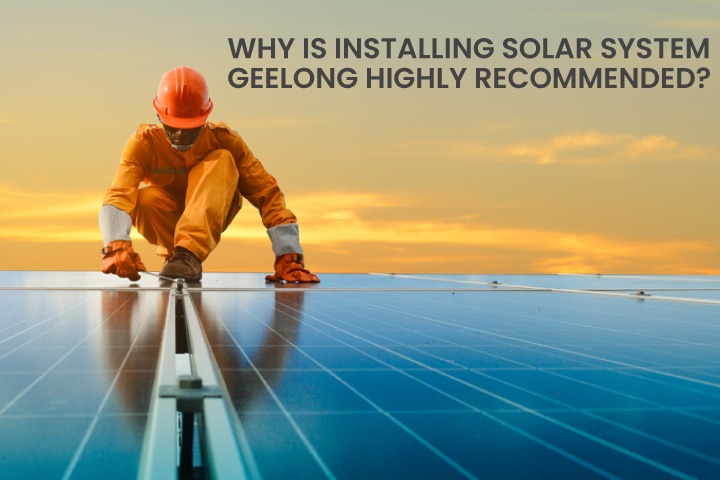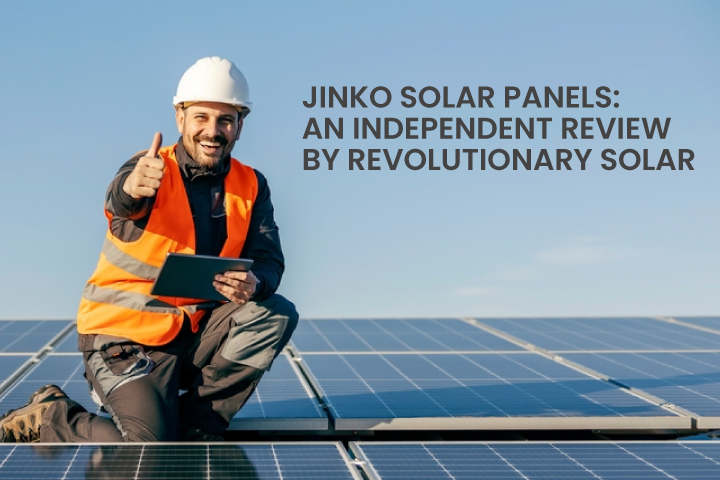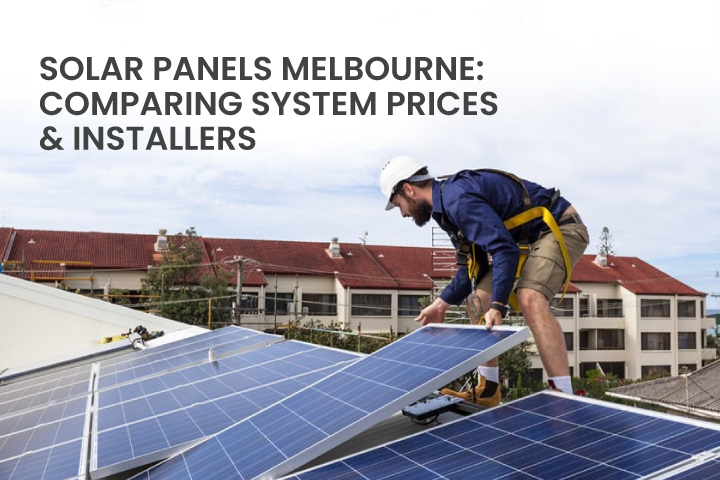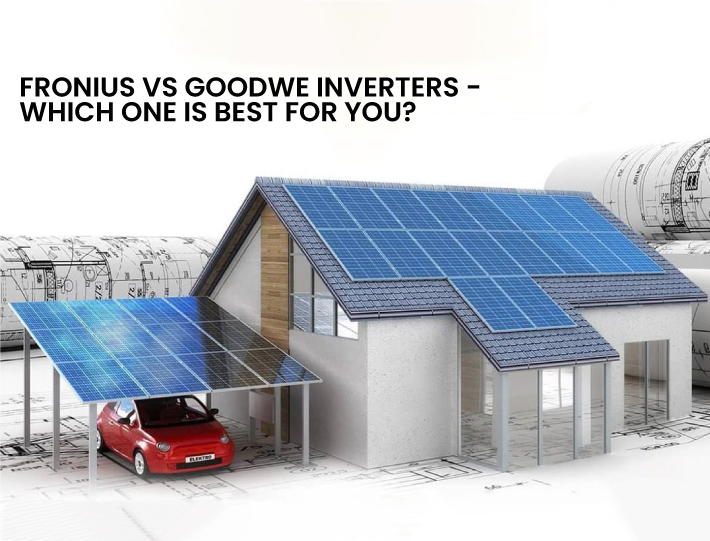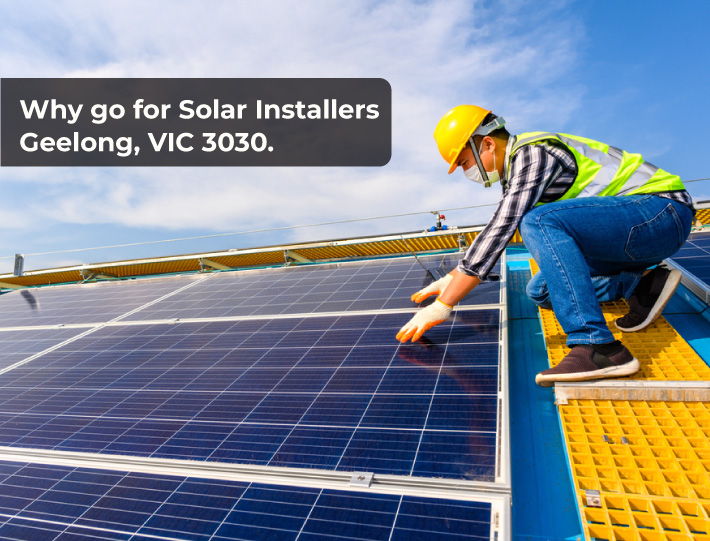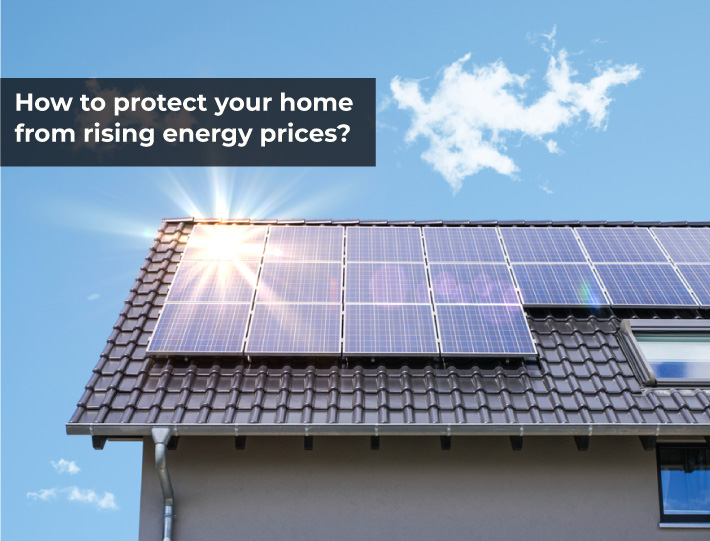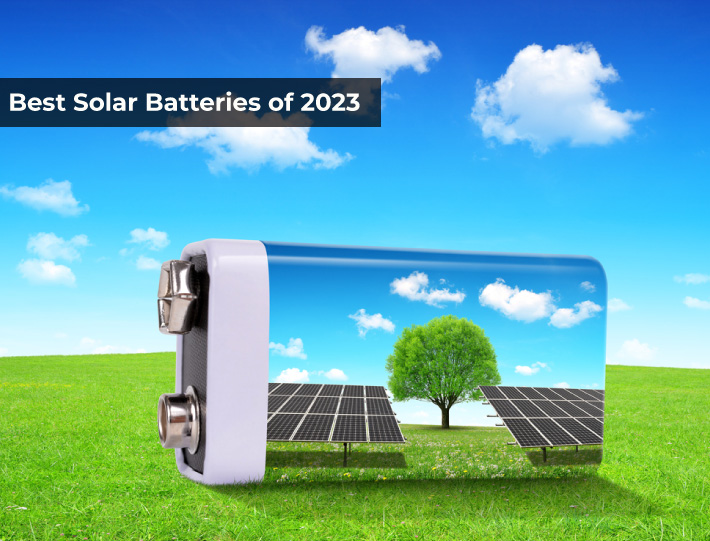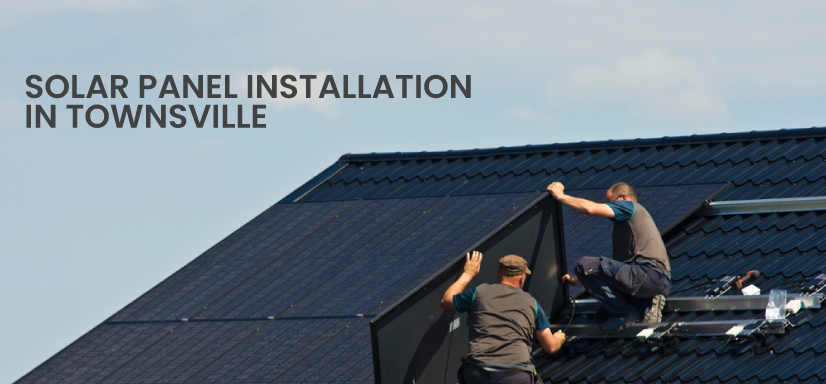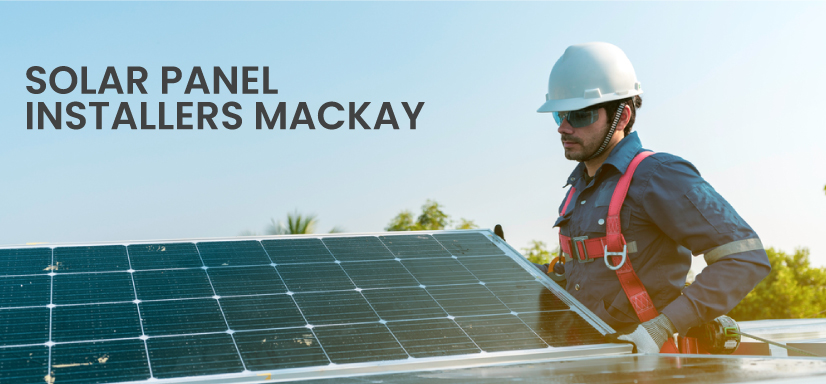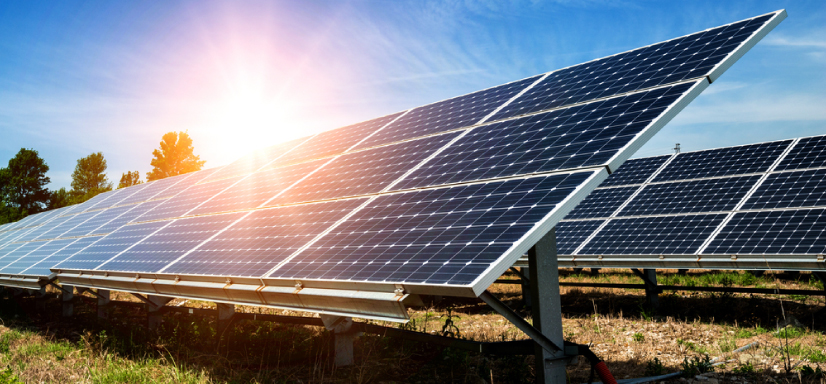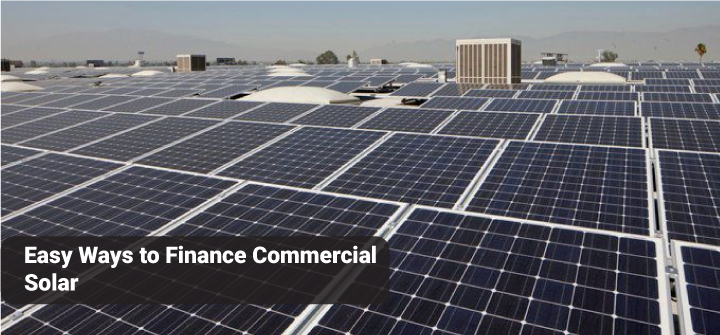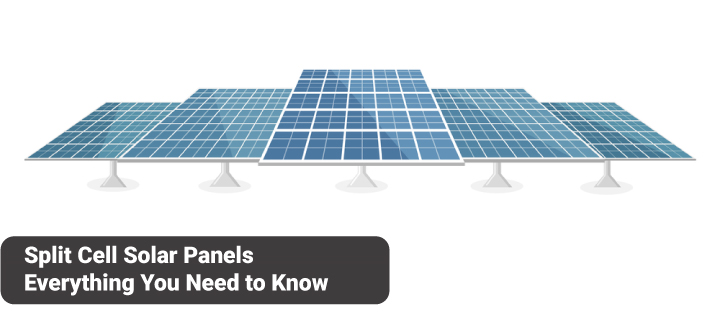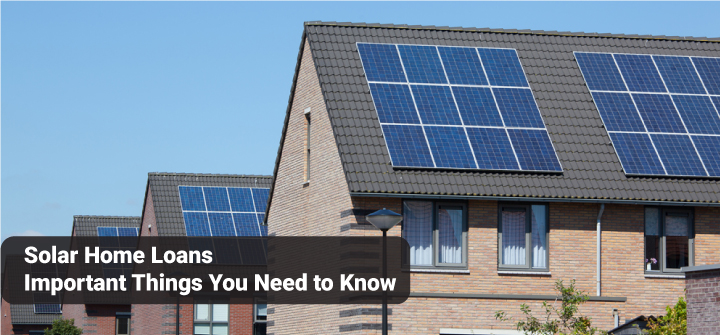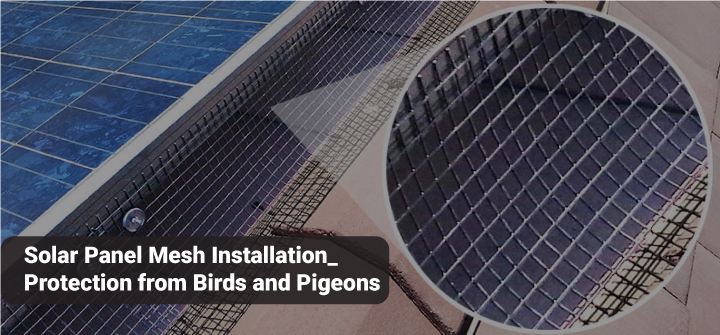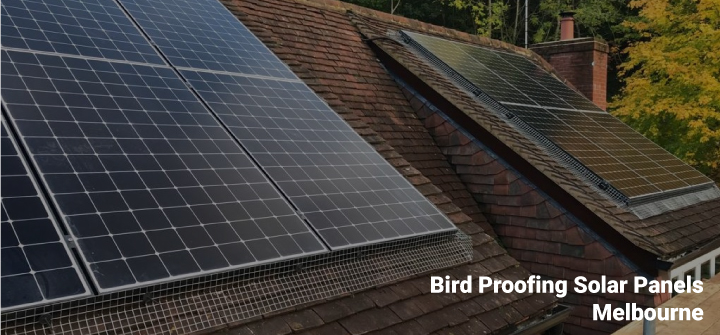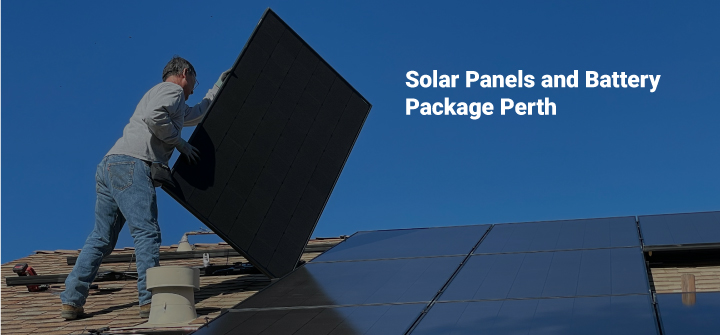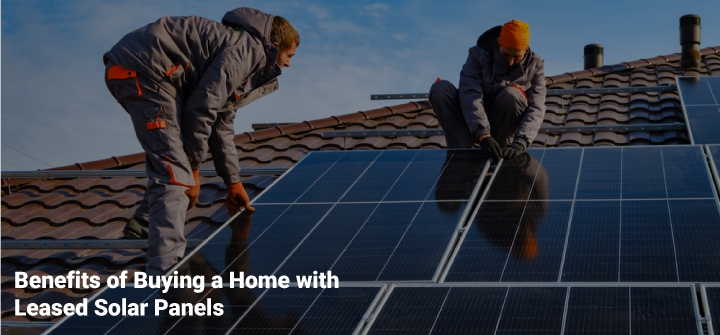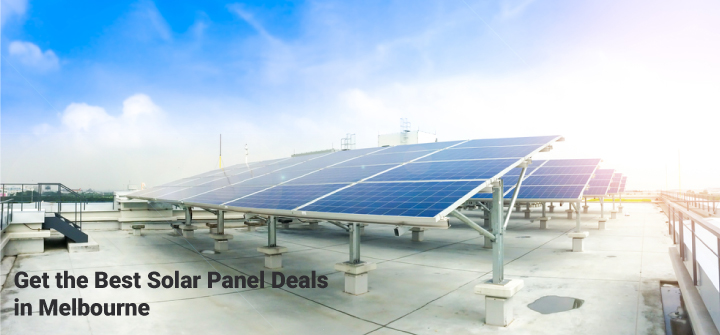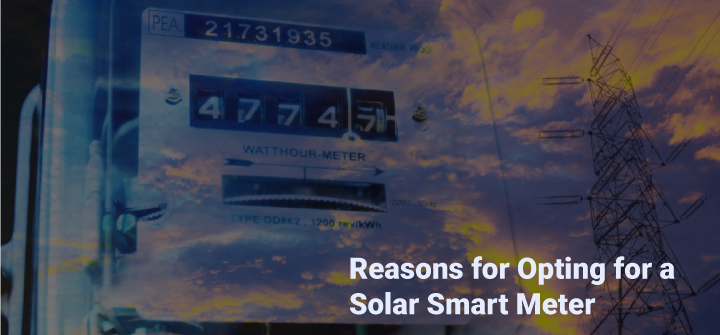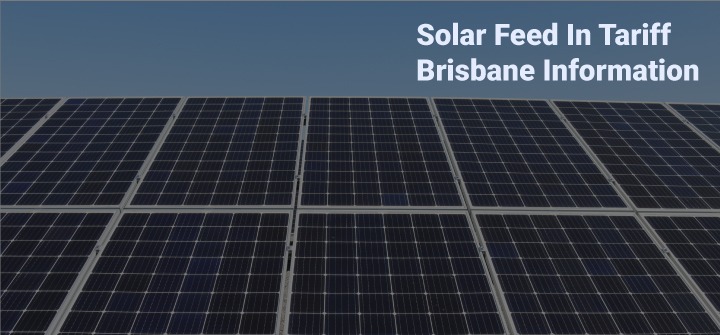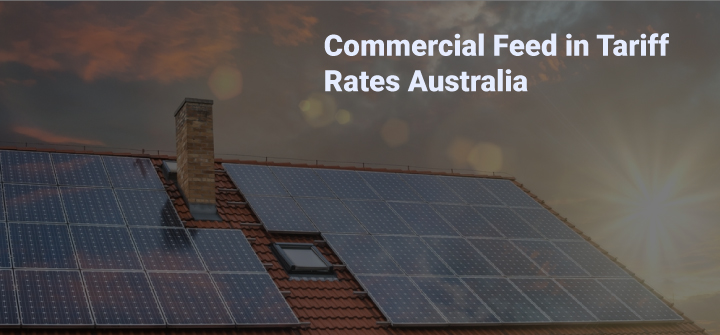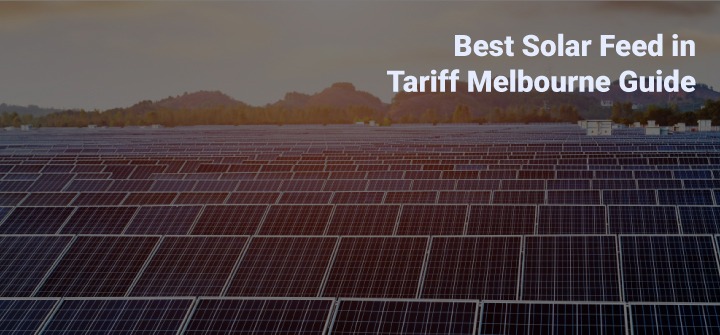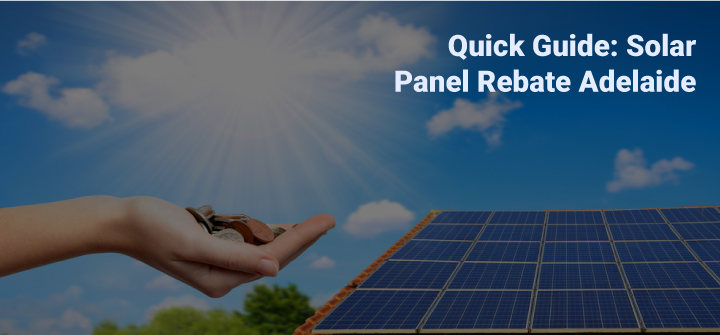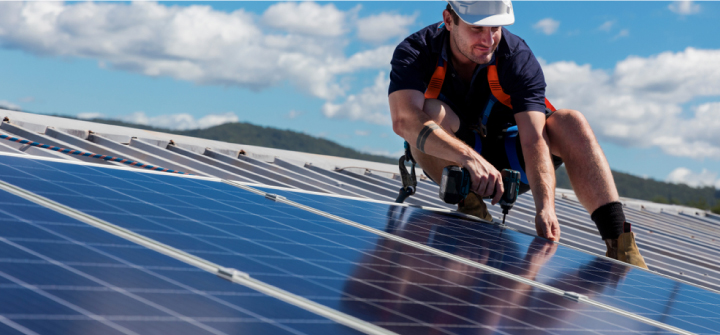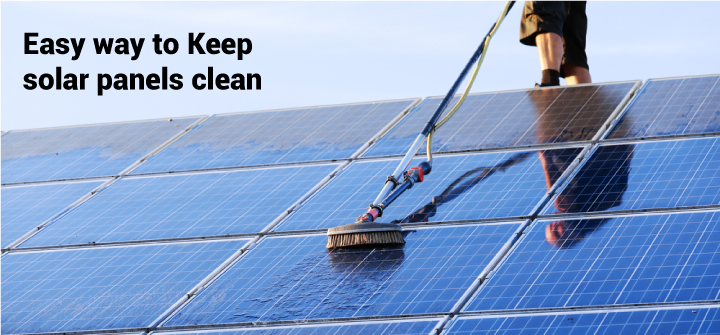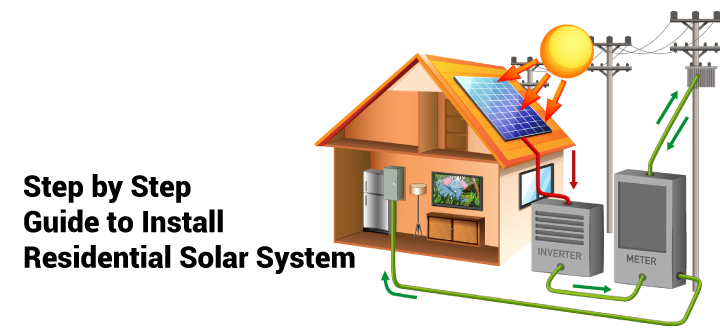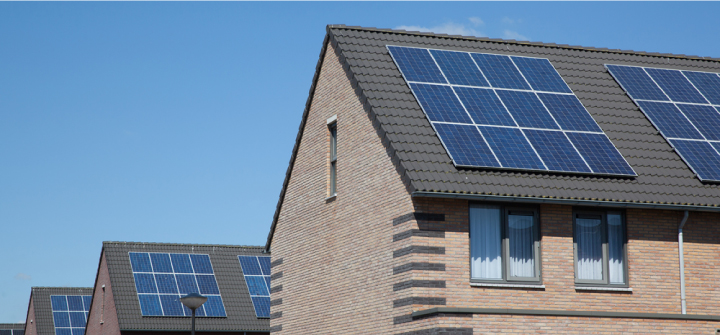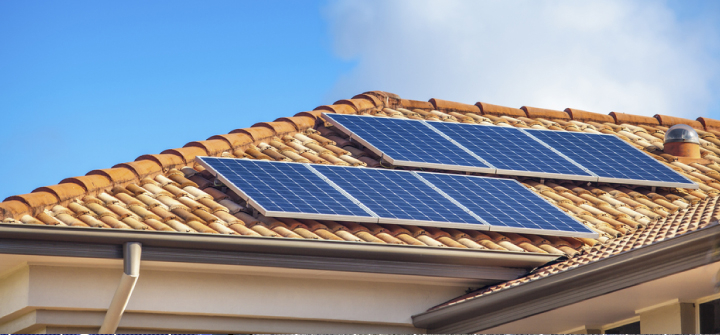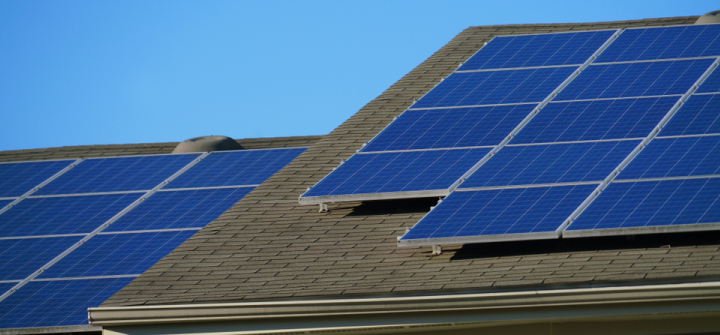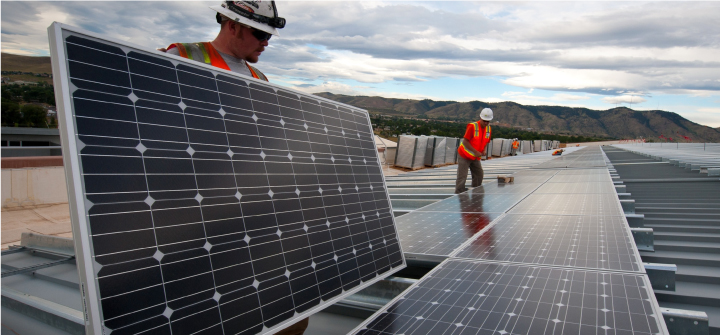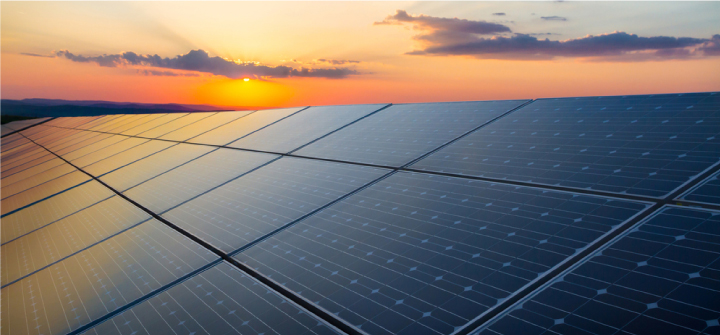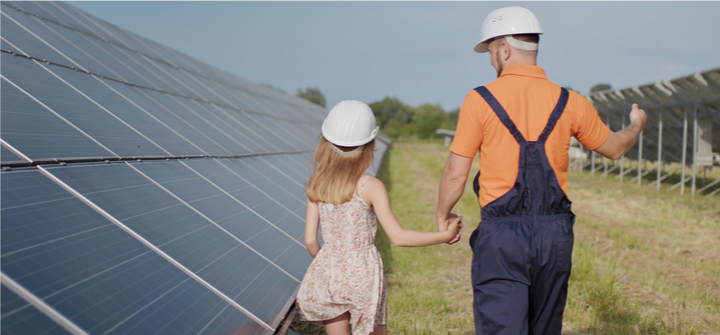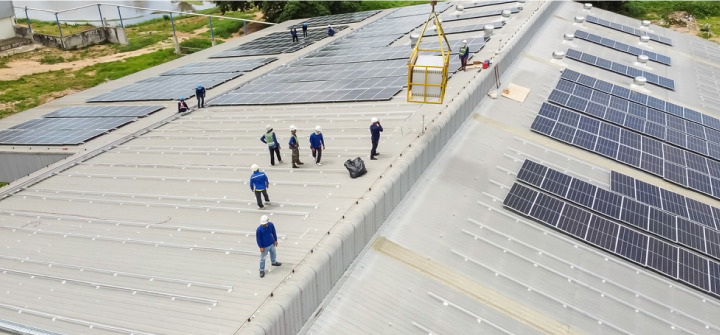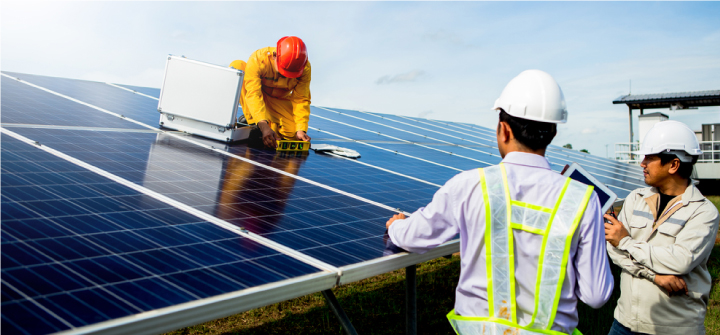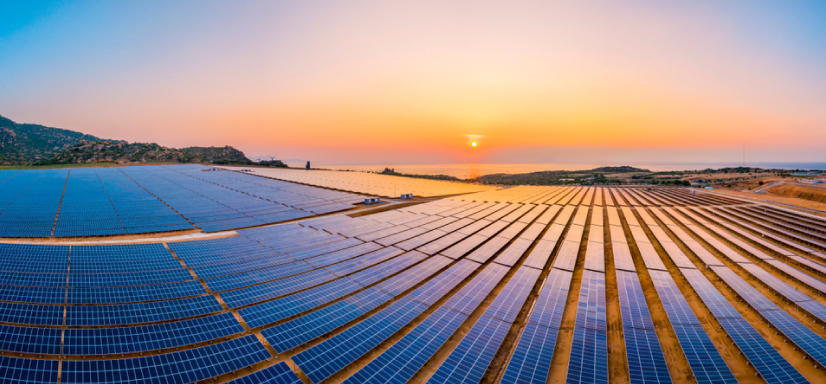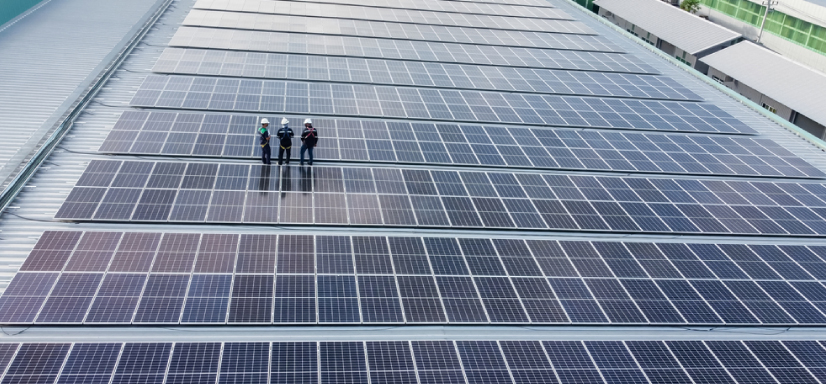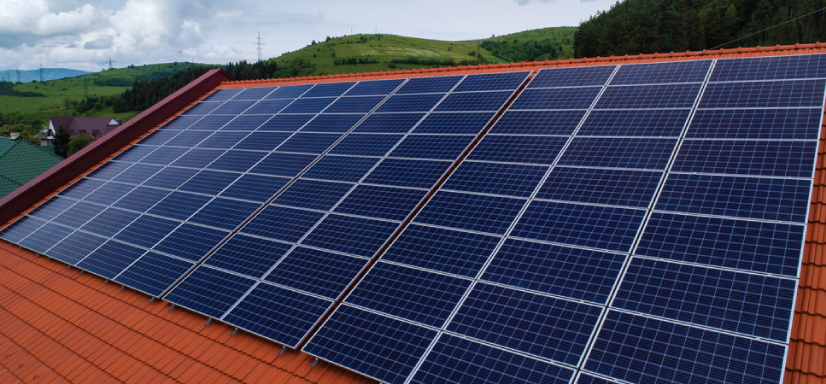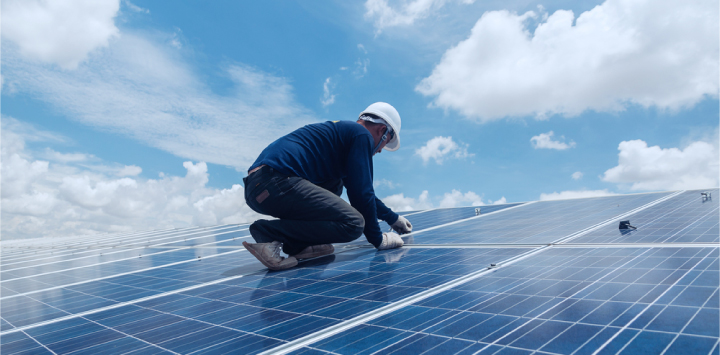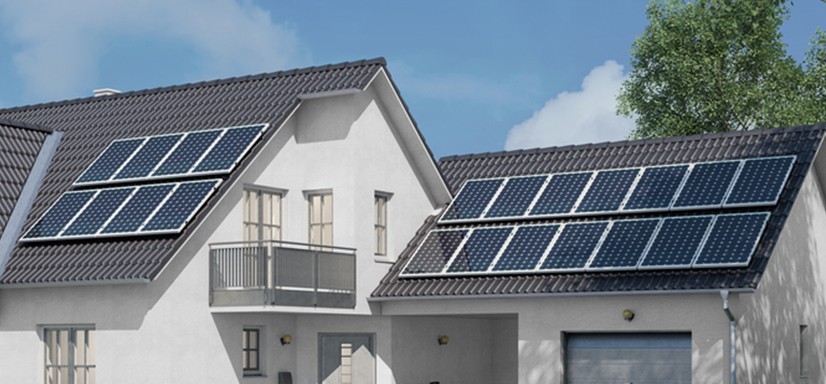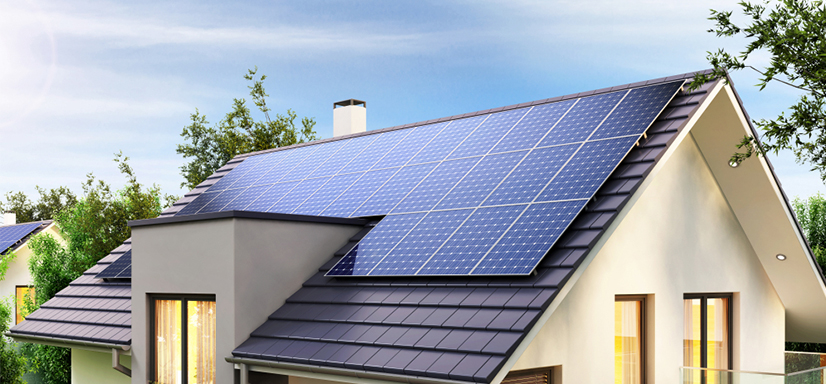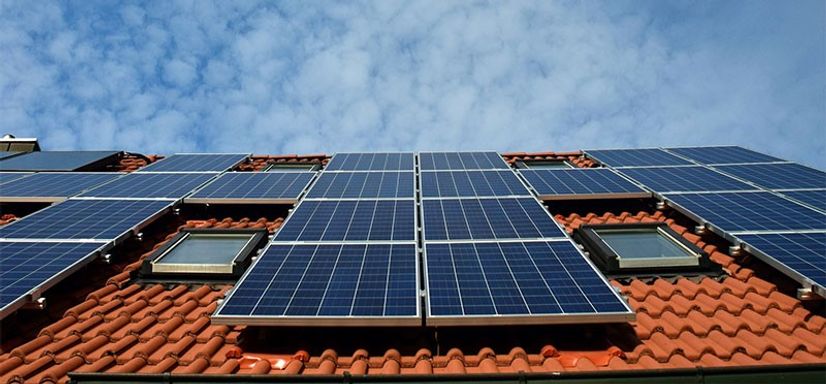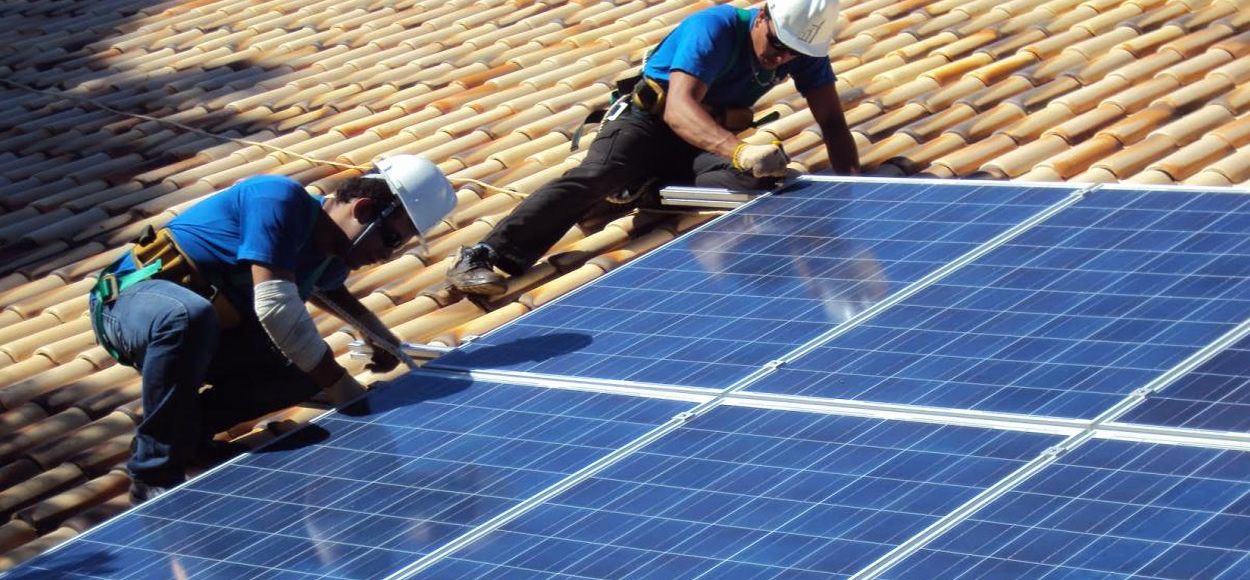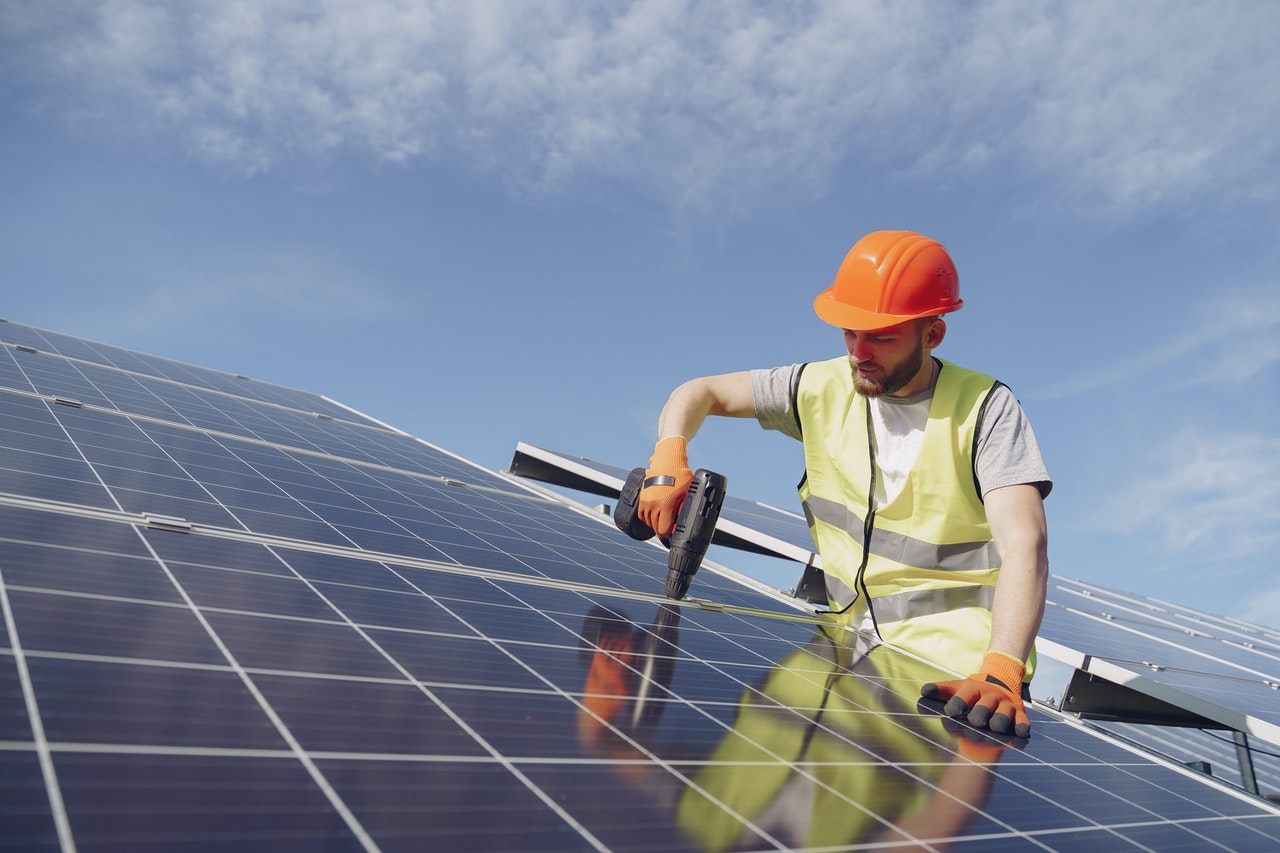

What you should choose micro inverter or string inverter
The primary function of solar panel micro inverter is to convert the direct current (DC) that solar panels produce into the alternating current (AC) that is utilized in homes. The evolution of inverter technology over the past few decades has enabled homeowners to derive optimum power from their PV systems. Both string inverters and microinverters perform this function for solar homeowners, although they do so in distinct ways.
Let's take a deeper look at what string inverters and microinverters are, as well as their relative merits for your solar energy system.
String Inverters
A solar string inverter is compatible with six to twelve solar panels linked in series. Typically, it is a separate enclosure erected next to the energy meter and the main service panel. Depending on the size of the solar installation, there is often just one or two inverters for a residential solar system.
The Benefits of String Inverters
Minimal Wiring Mishaps
Due to the availability of a string inverter system, system wiring is fairly straightforward. Due to this, the likelihood of wiring errors happening is minimal.
Cost-effective
In terms of installation costs, string inverters are fairly inexpensive.
Simple Problem Solving
When there is a disturbance in the production of power, string inverter installations are simple to troubleshoot because there is only one of them to address.
Consequences of a String Inverter
Compliance difficulties resulting from the inability to shut down quickly
Low Performance in The Shadow
Due to the high expense of installing a second-string inverter, it is challenging to boost production capacity.
Compared to the 25-year guarantee of a competing product, a shorter warranty of 8 to 12 years is offered.
Microinverters
Solar microinverters provide the same purpose as a typical string inverter, but are the size of an internet router and are put beneath each solar panel on the roof. As they are linked in parallel, their performance does not mirror that of the least efficient panel, as it does with string inverters.
Advantages of a Microinverter
Capability to Quickly Shut Down
They can shut down quickly and easily to comply with electricity rules in many locations.
Panel-based Observation
Standard inverters only permit monitoring of the entire system, whereas microinverter performance may be monitored on a panel-by-panel basis. This means that even minor flaws with the panels may be quickly discovered and resolved.
Performs well Even in Shaded Locations
Due to the fact that there are inverters behind each panel, microinverters have no trouble operating optimally and maximizing the use of sunshine in areas with partial shading and when the panels are oriented in different directions. Even an optimizer has a little advantage over them.
Negative aspects of a Microinverter
Numerous inverters make it difficult to maintain.
Not cost-effective when compared to a string inverter, particularly for a 5kW domestic standard installation.
Microinverters can operate as little lightning rods in stormy regions, making them unsuitable.
Microinverters vs. String Inverters: Which is Better?
Solar panel string inverters are superior to microinverters on account of their simplicity and lower failure rate. Due to the fact that the inverter is the most complex component of a solar energy system, having around 20 microinverters and frequently determining whether or not the individual inverters have failed is a challenging task. You may also be required to pay extra for the microinverter's panel-level monitoring capability. However, micro inverter solar systems are not completely useless; they can be highly useful in locations with dense shade, quick shutdown needs, and panels facing in diverse directions.
